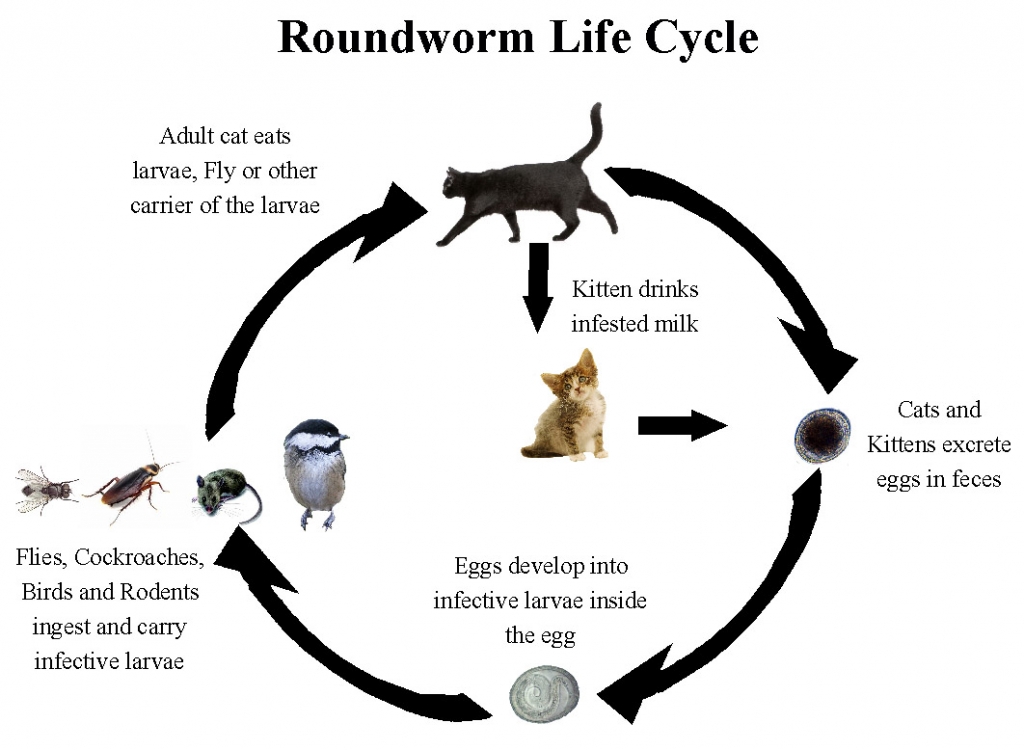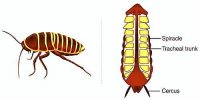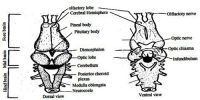The ovum and sperms of the roundworm meet together at the upper side of the uterus. After fertilization, the zygote or fertilized egg is covered by a wall made of chitin. The eggs of roundworm are very small and elongated. Along with the faeces of the host, these eggs come outside of the host body. Embryo formation begins inside the fertilized egg when it remains within the shell. The primary larval stage of the roundworm is called Rhabditiform larva.

Infection: No intermediate host is required for the infection of roundworm. Eggs enter directly into the body of the new host along with contaminated air, food and drinks.
Roundworms are invertebrates with long, round bodies that vary in size from six to thirteen inches and some females can become as thick as a pencil. Infections are most often found in warmer tropical climates and occur most often because of human carelessness in personal hygiene. The eggs live in the soil, animal feces and human feces, and are transferred into the human body through hand to mouth contact.
Hatching of the embryo: Hatching of embryo usually occurs within two hours after the egg reaches the intestine through the stomach of the host body.














